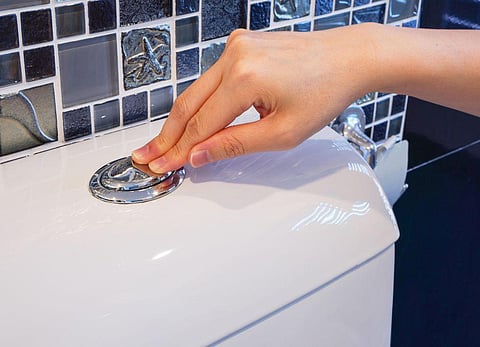WEDNESDAY, Feb. 1, 2023 (HealthDay News) -- Overactive bladder (OAB) is prevalent in 6.0 percent of young adults and has a negative impact on mental health, according to a study published online Dec. 30 in the International Neurourology Journal.
Yu Liang, from the First Affiliated Hospital of Xinxiang Medical University in China, and colleagues examined the prevalence and risk factors of OAB in young adults and the association of OAB with mental health. A total of 14,010 anonymous questionnaires were distributed to freshmen at two universities in China between October 2019 and January 2020.
The researchers found that the overall prevalence of OAB was 6.0 percent, with 4.3 and 1.7 percent of participants characterized as having dry and wet OAB, respectively. The prevalence of mild and moderate OAB was 5.5 and 0.5 percent, respectively; no severe OAB was reported. The prevalence of OAB was higher among women, those with constipation, and those with primary nocturnal enuresis. The OAB group exhibited a higher mean Self-Rating Depression Scale score and mean Pittsburgh Sleep Quality Index score but had a lower mean Self-Esteem Scale score compared with healthy controls.
"The results of this study support the view that OAB has negative effects on psychology, such as reducing sleep quality and increasing the incidence of depression and self-abasement," the authors write.
Abstract/Full Text


